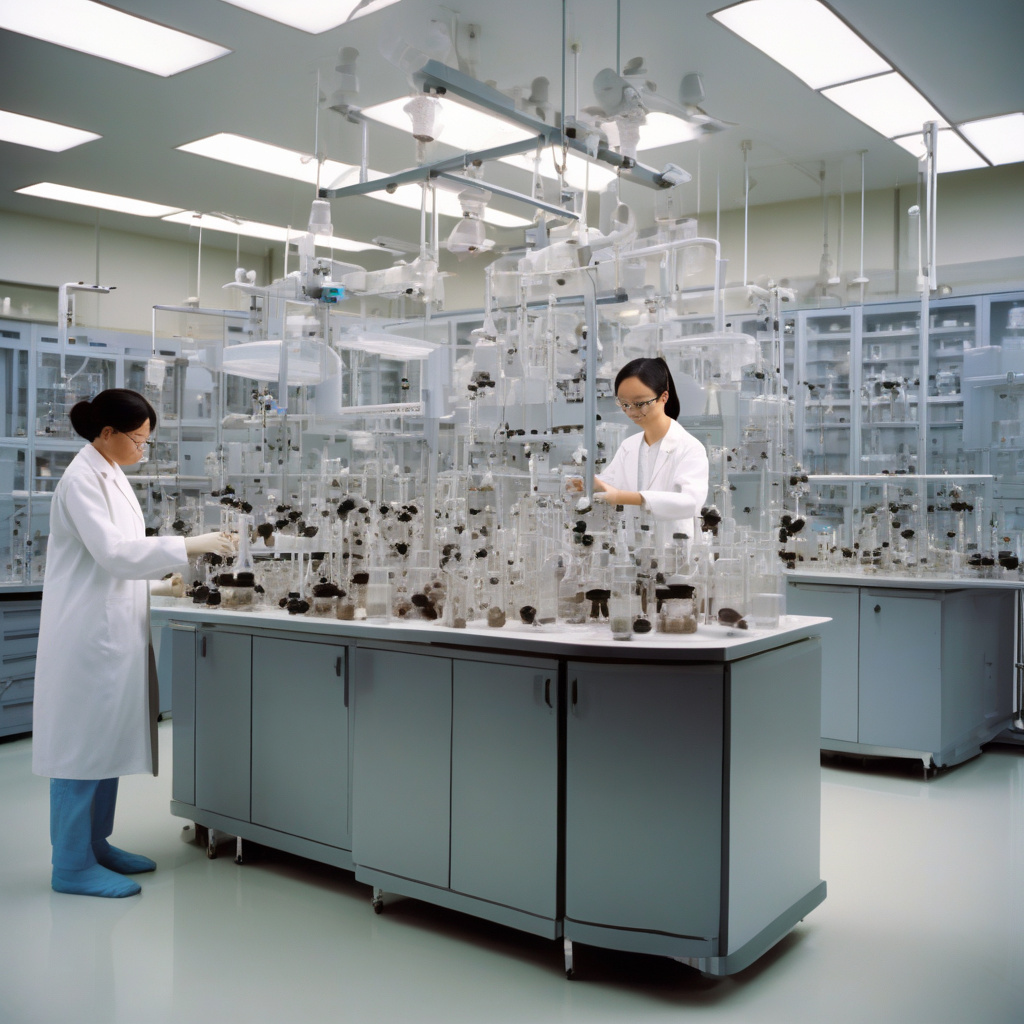Chinese Team Makes Mice Regrow Complex Tissue Using Ancient Genetic Regeneration Code
Chinese scientists have restored damaged ear tissue in mice by reactivating a genetic switch long believed to have been deactivated in mammals. This groundbreaking research, led by a team at the Chinese Academy of Sciences in Beijing, has opened new possibilities for regenerative medicine and has far-reaching implications for the field of genetics.
The study, published in the journal Science Advances, details how the researchers were able to induce mice to regrow complex tissue in their ears by reactivating a genetic mechanism similar to the one found in simpler animals like zebrafish and salamanders. These creatures have a remarkable ability to regrow lost body parts, a trait that has fascinated scientists for years.
By tapping into this ancient genetic regeneration code, the Chinese team was able to spur the growth of new tissue in the mice, effectively repairing damage that would typically result in scarring. This approach not only holds promise for treating injuries and degenerative diseases in humans but also challenges the conventional wisdom that mammals lack the ability to regenerate complex tissues.
Dr. Li Wei, the lead researcher on the project, explained that the key lay in identifying and manipulating certain genetic pathways that are typically dormant in mammals. By awakening these pathways, the team was able to unlock the mice’s latent regenerative potential, paving the way for new therapeutic interventions.
The implications of this research are profound. Imagine a future where patients who have suffered hearing loss due to damaged ear tissue could undergo a simple genetic treatment to spur the regrowth of functional cells, restoring their ability to hear. Similarly, individuals with spinal cord injuries or degenerative joint diseases could benefit from therapies that harness the body’s innate regenerative abilities.
While the study’s findings are still in the early stages of development, they represent a significant step forward in the quest to unlock the secrets of regeneration. By studying and applying ancient genetic codes that have been conserved throughout evolution, scientists may be able to overcome the limitations of mammalian tissue repair and usher in a new era of regenerative medicine.
As we look to the future, it is clear that the intersection of genetics, regenerative medicine, and evolutionary biology holds immense promise for addressing some of the most pressing medical challenges of our time. The work of the Chinese research team serves as a shining example of how thinking outside the box and exploring nature’s ancient blueprints can lead to groundbreaking discoveries with the potential to transform healthcare as we know it.
In conclusion, the Chinese team’s success in making mice regrow complex tissue using an ancient genetic regeneration code represents a major breakthrough in the field of regenerative medicine. By reactivating dormant genetic pathways, the researchers have demonstrated the remarkable ability of mammals to regenerate tissues thought to be beyond repair. This research not only opens new possibilities for treating a wide range of injuries and diseases but also challenges our understanding of the limits of mammalian regeneration.
innovations, genetics, regenerative medicine, Chinese research, tissue regeneration











